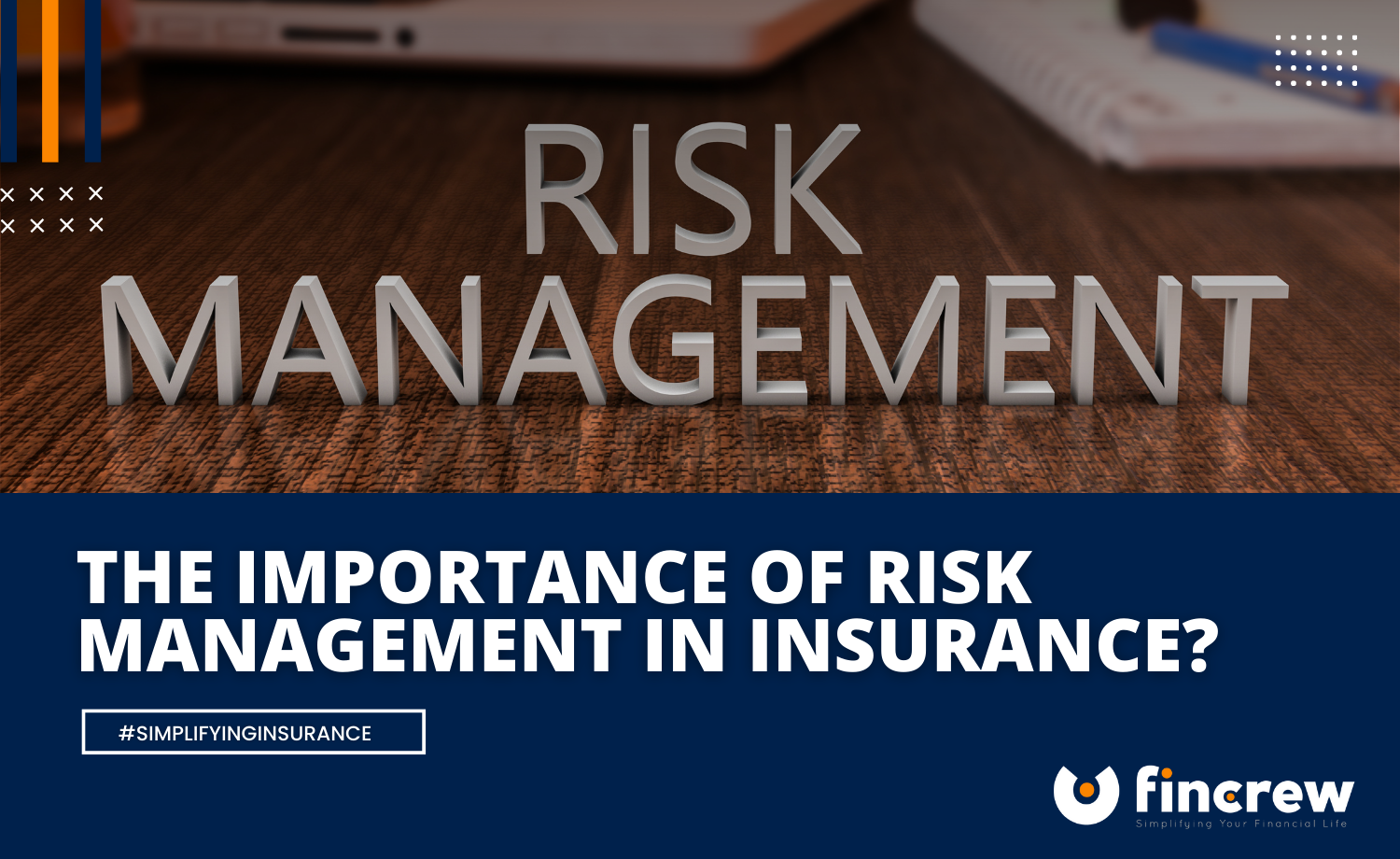The Critical Importance of Risk Management in Monetary Decision Making
The Critical Importance of Risk Management in Monetary Decision Making
Blog Article
The Value of Comprehending the Value of Risk Management in Numerous Industries

The Core Principle of Risk Management and Its Function
Risk Management, the keystone of many sectors, rests on the recognition, evaluation, and reduction of uncertainties in an organization environment. It is an important practice that enables companies to guard their assets, online reputation, and overall survival. By properly identifying potential threats, services can establish approaches to either stop these risks from taking place or minimize their impact. The evaluation process entails assessing the chance and potential extent of these threats. When dangers have been determined and examined, the reduction process involves creating techniques to reduce their potential impact. This procedure is intermittent and continuous, making certain that organizations are gotten ready for the ever-changing nature of Risk in various sectors. The key objective, thus, is to foster strength among unpredictabilities.
Advantages of Carrying Out Risk Management in Service Workflow

Introducing the Function of Risk Management in Different Industries
While every industry challenges its unique collection of threats, the application of Risk Management techniques stays a common measure in their quest of sustainability and development. In the health care sector, Risk Management requires making certain client safety and security and information protection, while in financing, navigate to this site it entails mitigating investment risks and making certain regulative compliance (importance of risk management). Building and construction companies concentrate on worker safety, project delays, and budget overruns. In the modern technology market, firms minimize cybersecurity dangers and innovation obsolescence. Eventually, the duty of Risk Management across markets is to identify, examine, and minimize threats. It is a necessary component of strategic planning, enabling organizations to safeguard their possessions, make the most of opportunities, and accomplish their objectives.
Real-life Situation Research Studies Demonstrating Effective Risk Management
To recognize the value of Risk Management in these lots of markets, one can look to numerous real-life instances that highlight the effective application of these measures. In the power market, British Petroleum developed Risk reduction prepares post the 2010 Gulf of Mexico oil spill. They carried out better safety and security procedures and more stringent laws which significantly reduced further accidents. In money, Goldman Sachs efficiently navigated the 2008 economic situation by determining potential mortgage-backed protections risks early. Lastly, Toyota, upload the 2011 earthquake in Japan, changed its supply chain Management to reduce disturbance dangers. These instances show how markets, discovering from dilemmas, visit our website efficiently used Risk Management methods to minimize future risks.
Future Fads and Developments in Risk Management Methods
As the globe continues to develop, so as well do the fads and advancements in Risk Management methods. Rapid improvements in technology and information analytics are improving the Risk landscape. Big data and AI are now critical in anticipating and mitigating dangers. Organizations are leveraging these tools to develop predictive versions and make data-driven choices. Cybersecurity, as soon as an outer issue, has catapulted to the forefront of Risk Management, with strategies focusing on prevention, discovery, and response. The combination of ESG (Environmental, Social, Governance) aspects into Risk Management is an additional growing trend, reflecting the increasing recognition of the role that ecological and social threats play in service sustainability. Thus, the future of Risk Management hinges on the fusion of advanced modern technology, innovative approaches, and an all natural method.
Final thought
In verdict, understanding the importance of Risk Management across a spectrum of markets is crucial for their longevity and success. Ultimately, effective Risk Management adds to more lasting and durable businesses, highlighting the relevance of this method in today's dynamic and highly affordable service setting.
While every market faces its one-of-a-kind collection of dangers, the application of Risk Management approaches continues to be a typical in their pursuit of sustainability and growth. In the health care market, Risk Management requires guaranteeing individual security and data Going Here protection, while in finance, it includes mitigating investment threats and guaranteeing governing conformity. Eventually, the role of Risk Management across industries is to recognize, assess, and minimize dangers. These cases demonstrate how industries, discovering from dilemmas, successfully used Risk Management strategies to lower future threats.

Report this page